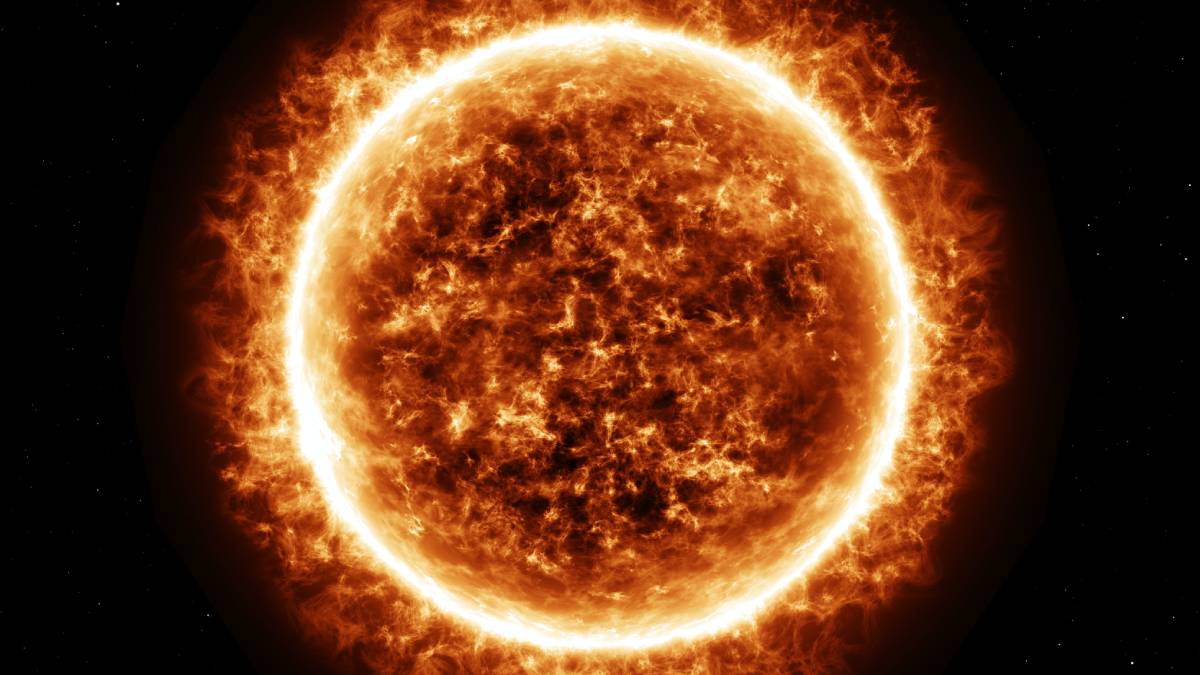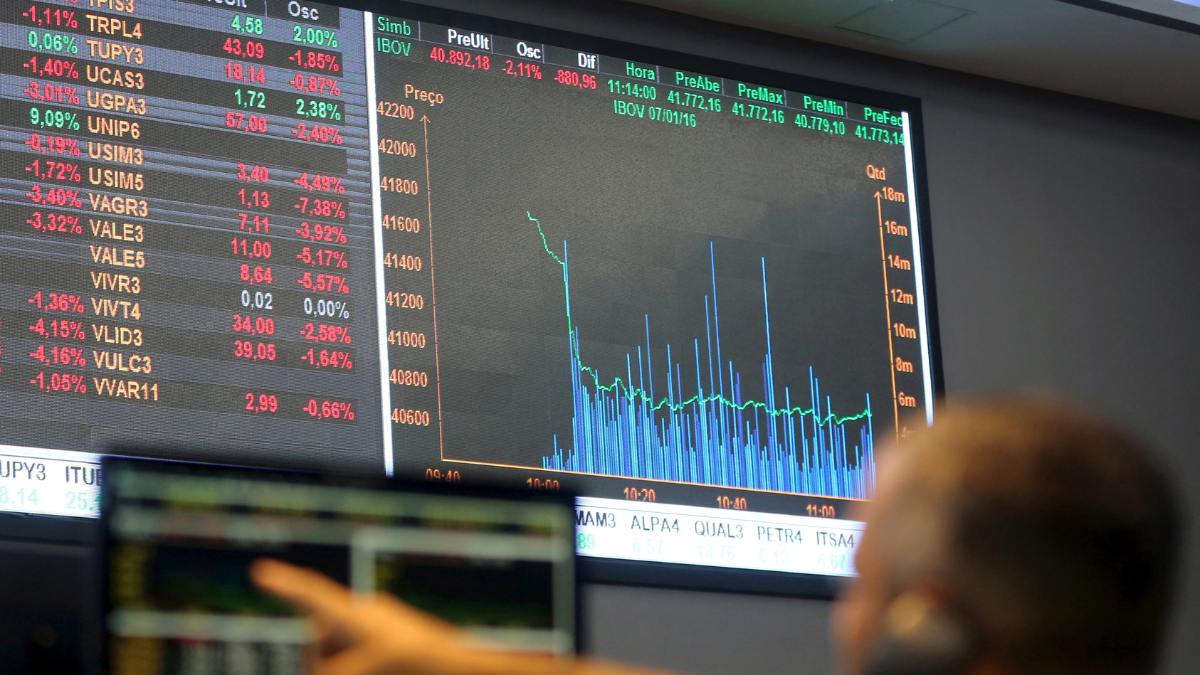As 2024 marks its entrance, according to scientists, Earth has reached the closest to the sun in 2024. Today, January 3, 2024, is celebrated as Perihelion Day for its special closeness to the Sun which has resulted in 7% more intense sun rays on the planet Earth.
Scientists have explained the phenomena because Earth doesn’t follow a perfect circle round in its orbit around the sun; instead, it’s more like an oval. While perihelion doesn’t adhere to a fixed date each year, it typically occurs around two weeks after the winter solstice, the shortest day in the Northern Hemisphere. Right now, Earth is around 91.4 million miles from the sun.
The term “perihelion” has its origins in Greek, where “peri” signifies around, and “helios” refers to the sun. In contrast, “aphelion” denotes the point in an orbit when a celestial body is at its farthest distance from the sun. This cosmic dance illustrates that in the vastness of the universe, the paths of celestial bodies often deviate from the perfection of circles, adopting elliptical shapes.
Space.com points out that these elliptical paths vary in eccentricity, with some orbits only slightly deviating from a circular form, resembling a somewhat squashed circle. Others exhibit greater flattening and higher eccentricity. These differences in orbital shapes contribute to the rich tapestry of celestial paths, making the cosmos a realm of diverse and dynamic trajectories.
The concept of perihelion serves as a reminder of the intricacies inherent in Earth’s orbit and its relationship with the sun. As our planet journeys through space, the ever-changing distances between Earth and the sun play a role in shaping the cycles and rhythms that define our understanding of time and seasons. Today’s alignment during perihelion offers a moment to marvel at the complex interplay of gravitational forces and orbital dynamics that govern the cosmic ballet in which Earth participates.




